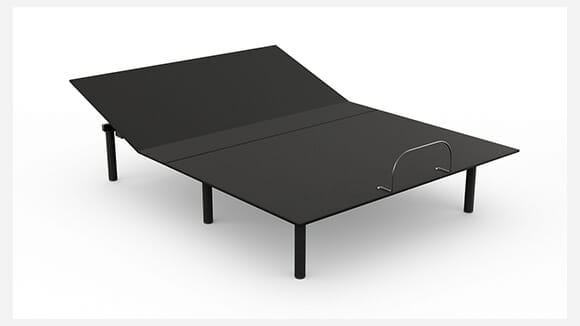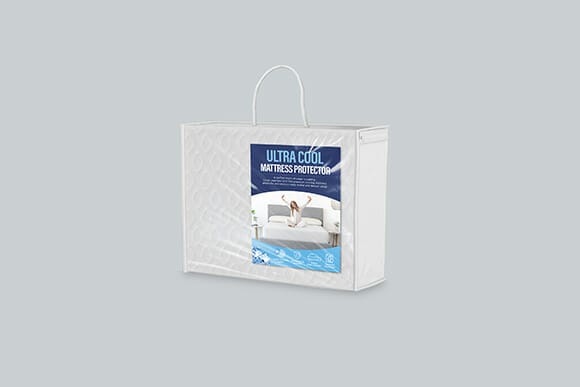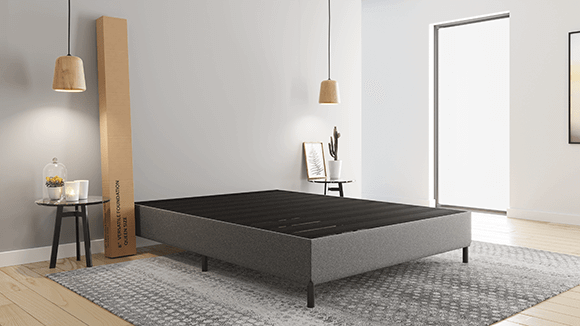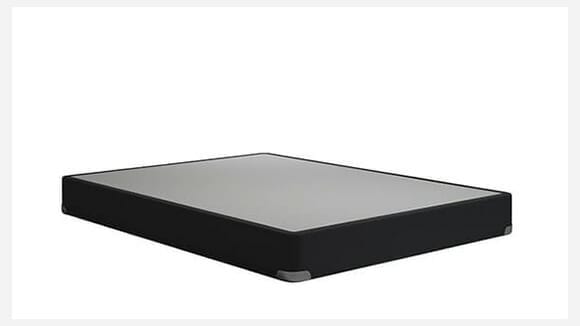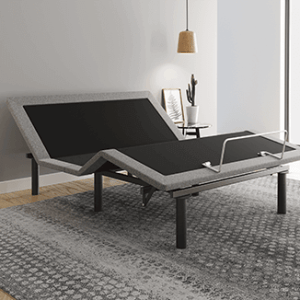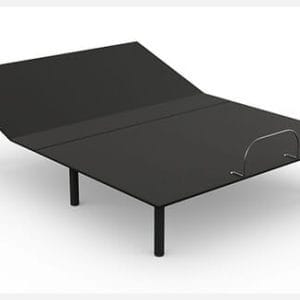
LOWER BACK PAIN: DISC VS FACET JOINT ORIGIN
Lower back pain effects approximately 80% of the population at some point time in their life. In the past 31 years of my practice, I see the most common pain coming from either the intervertebral discs (the cushions between the vertebra) or from the facet articulations. There are many other causes of low back pain but for this particular article, I’m going to limit the discussion to these two factors.
The facet articulations are the two small joints behind the spinal cord that control the motion of the spine. They are generally approximately .5” x .25” in diameter. The reason these two joints (of each vertebra) are affected in the production of lower back pain are that they are both responsible for the movement of the lower back similar to the struts on your car. The intervertebral discs are the primary shock absorbers that are generally betweeen a quarter and a half inch in height that interconnect the bodies of the vertebral segments. Therefore, it can be considered that the discs and the facets create a triad of joint complexes, resulting in the shock absorption and movement of the segments of the spine.
So many patients (optimistically) come to me and believe that most of their pain is muscular in origin. I would say that the amount of pain people experience that is simply coming from muscle and does not involve either the disc or the facets is very rare, probably only comprising approximately 5% of the lower back pain and conditions that I see. As mentioned, there is also a myriad of other possibilities that can cause back pain including degenerative arthritis and other viserosomatic conditions but again, for today, I will focus on the primary difference of symptoms of the two most likely candidates of the source of the pain, that which comes the (zygophoseal) facets or the (intervertebral) discs.
In regards to the primary symptoms that are from the lower lumbar spine facet articulations, it is most common to see pain with extension of the lower back; in other words, loading up the facet articulations. The reason is that a lumbar facet pain presentation usually is consistent with inflammatory response of the joint itself. The joint is made up of a structural saddle type base covered by synovial lining of the articular surfaces that is very capable of producing inflammation, also known as synovitis. So if you have an increase in pressure in the joint by extending backwards into a cobra like position, it becomes very painful. The other consistent finding in this type of injury is that forward flexion usually relieves this condition. The reason is that forward flexion decompresses the facet articulations and therefore releases some of the pressure and hence the asssociated pain.
The above is the key differentiating factor between the symptoms of a facet articulation and the intervertebral disc injury. When we start talking about the disc injury, we usually are referring to a small tear in the outer annular fibers of the disc that either results and a bulge, a protrusion, or an extrusion of the disc particle. In simple terms, this means that we are trying to differentiate whether there is a small disc tear that might be producing some inflammatory response and needs to be healed, or whether there is a bulge or protrusion that may be developing into the creation of a compromised or narrowed window (the intervertebral foramen or IVF) where the nerve is exiting. The basic difference between a bulge and a protrusion is that a bulge is a circumferential out-pouching whereby a protrusion is usually more specific and localized to one side or the other. An extrusion is whereby the inner portion of the disc, also known as the nucleus pulposus, extrudes outward beyond the outer fibers of the disc itself. This can be analogized to toothpaste exiting outside the tube itself. Therefore, in conclusion, a disc tear can develope into a space occupying bulge or protrusion which will generally create nerve root irritation that sends pain signals down into the gluteal region, the hip region and/or oftentimes even down into the leg, ankle or foot depending on which disc level is effected. It is rare to have a facet type syndrome refer pain (although it can happen in more of a generalize pain pattern) that can be tracked to a specific nerve root down into the lower extremities. Also, it is seen that in most disc injuries, forward flexion creates a significant increase in pain as there is more pressure exerted into the back of the disc where the corresponding nerve is attempting to exit the spine. So again to generalize, the difference between a facet type syndrome and a disc type syndrome, disc injuries are very sensitive to forward flexion and rotation whereby facet injuries and synovitis are very sensitive to extension.
As I was mentioning earlier on in this article, there are many different factors that can create lower back pain from referred pain from the organs to gallstones, to bladder issues, to infections, to less common metastatic disease from cancers however, the two most common types of injuries that I see and believe make up about 75 to 80% of all lower back pain condtions are facet synovitis and/or disc injuries. And finally, with aging comes a decrease in the fluid in the disc themselves that puts more pressure on the bones and articulations which oftentimes will result in bone spurs and other degenerative changes which oftentimes turn into spinal stenosis type symptoms. But again, today, the take away is that lower back pain can come from various different tissues; but by far, the vast majority of back pain conditions that I see are facet articulation inflammatory responses and acute or chronic disc injuries both which present with specific signs. Most of the time, I will generally take x-rays of the spine to evaluate the structural components and certainly perform diagnostic evaluations that include orthopedic analysis, neurological testing, digital palpation of the muscles and tissue, range of motion analysis both globally and intersegmentally, perform muscle testing along with other forms of diagnostic evaluations. Oftentimes I will also refer the patient for specialized diagnostic evaluations such as MRIs and CT scans if their condition warrants and see if there is any other pathology to rule out that ordinary x-ray would not be able to pick up and determine. The determination whether a specialized imaging sequence of this nature would be necessary would also relate to other possible conditions, the chronicity, the level of pain, the amount of dysfunction and other similiar factors.
I hope this synopsis of lower back pain may help you in the future better ascertain and understand the difference between facet injuries and/or disc injuries. The last and most important concept of lower back pain is that you look at your mattress. To reduce lower back pain, aid in the healing process and prevent future recurrance, one needs to have excellent support and comfort. This is critical to reduce pain and support the natural curves of your spine. As a spine specialist, I have been studing spinal archetecture and dynamics intensely for well over thirty years and have looked carefully at the cause, effect and healing relationship of back pain, antiaging and healing. With this knowledge and experience, I have put together the best foams that I could find in the world together to create the perfect mattress. Please look into my mattress line at JUSTSLEEPbeds.com and see the JUST SLEEP difference! My mattresses can be shipped directly to your door, directly from the manufacturer for approximately one third the cost of retailers. I would certainly entertain more questions and would love to have you inquire at our JUST SLEEP headquarters at 805-379-5007 for more information.

